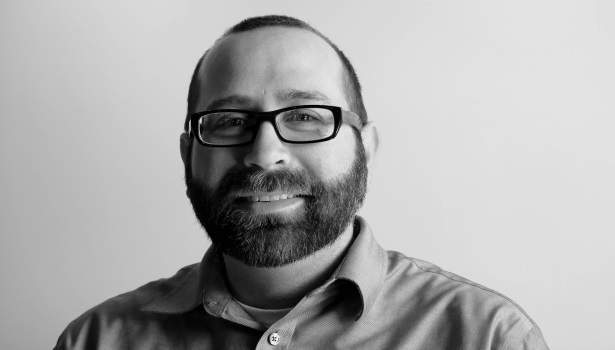Matt Murphy, AIA, WRID, LEED AP BD+C, is an associate and licensed architect with Rees Masilionis Turley Architecture (RMTA), a mid-sized, full service architecture firm based in Kansas City, MO. Always looking to be involved in the industry, Murphy has authored a number of articles for architectural and design publications, the most recent being an article on exhibitionism and branding for Connection, The Architecture and Design Journal of the Young Architects Forum.
Murphy was a recipient of the Jason Pettigrew Memorial ARE Scholarship, was named a 2013 Above & Beyond Volunteer by USGBC National and was recently selected as a juror for the 2015 AIA Institute Honor Awards. Prior to moving to Kansas City in 2002, Murphy earned a Bachelor of Fine Arts degree from the Milwaukee Institute of Art & Design.
Recently, W&C sat down to talk to Matt about his career.
W&C Architect: How many years do you have in the profession?
Murphy: 13 years.
W&C Architect: What is your work history in this field?
Murphy: I have worked on a variety of projects across the U.S. and overseas. My experience spans multiple project types including: corporate office, education, federal, hotel + conference, lifestyle shopping centers, professional sports facilities, restaurant and retail.
W&C Architect: Where did you go to school?
Murphy: Milwaukee Institute of Art & Design intending to major in painting. As my paintings took on more geometrical forms, exploring the concept and use of space, I switched my major to interior architecture.
W&C Architect: Do you approach architecture from an artistic or functional starting point? Are the two concepts exclusive?
Murphy: Both. Structure is art. We set the stage for the play. When architects design, we are really just forming a hypothesis, an educated guess, on how a space will be utilized by the end-user through their senses. Seeing how this synergistic interaction of associated mechanisms is actually used is truly what the design becomes and in the end, is the most exciting part of the process.
W&C Architect: If any, who are your role models?
Murphy: I draw inspiration from people I know both inside and outside of this industry. The common thread these folks have is their selflessness, great sense of perspective and much needed sense of humor. They are Kimberly, Bob Murphy, Bryan Dyche, Peter Baird, Andrew Kesel, Ryan Kendrick, Jennifer Benson, Kyle McKibben, Eric Hessler, Mitch Cook, Hank Sweers, Dick Coopersmith, Jean & Gordie Pophal, Rodney Mullen and last but not least my awesome coworkers at RMTA who I learn something new from every day.
W&C Architect: What projects, other than your own work, do you find inspiring?
Murphy: I draw a lot of inspiration from the fine arts. The painters of the Surrealist movement, particularly Tanguy, de Chirico, Dali and Magritte are enlivening to me. I am not sure how or if this inspiration prevails in my designs, but I would like to think there is substance there.
W&C Architect: How many buildings have you designed?
Murphy: A multitude — a conservative guess would be 150+ projects that I have worked on as a part of a team.
W&C Architect: If you had to choose one to represent your work, what project would you choose?
Murphy: The Sprint Mobile Health Accelerator.
W&C Architect: What are your guiding principles when designing a structure?
Murphy: My guiding principle is to work hard — very hard — to create a place where people want to be, a place that people do not want to leave.
W&C Architect: If you could have any building to redesign—anywhere in the world—which would you like to address?
Murphy: My house. It was built in 1900 and has a really nice modern remodel which occurred about 10 years ago. We love our house and love living in Kansas City’s first neighborhood, but at the end of the day, as an architect, you are always nitpicking and thinking of things that could be better, especially when you own it!
W&C Architect: What types of products interest you?
Murphy: I like sleek, modern materials combined with natural, textured materials, whether they are brought in new to the space or simply uncovered and remain in place as part of an adaptive re-use retrofit.
W&C Architect: What types of products in the wall and ceiling industry really interest you?
Murphy: Panel systems, drywall assemblies and the boundaries that can be pushed with them.




